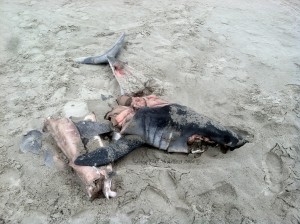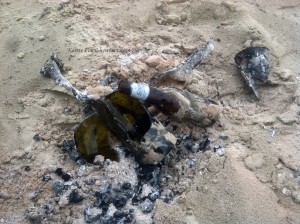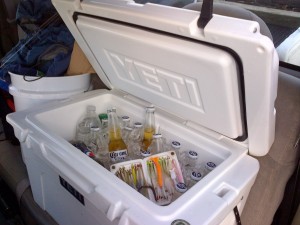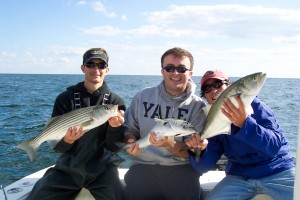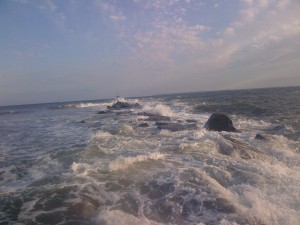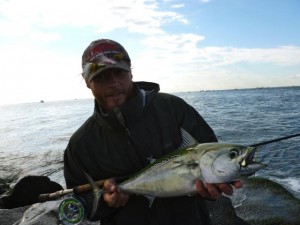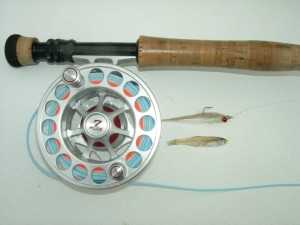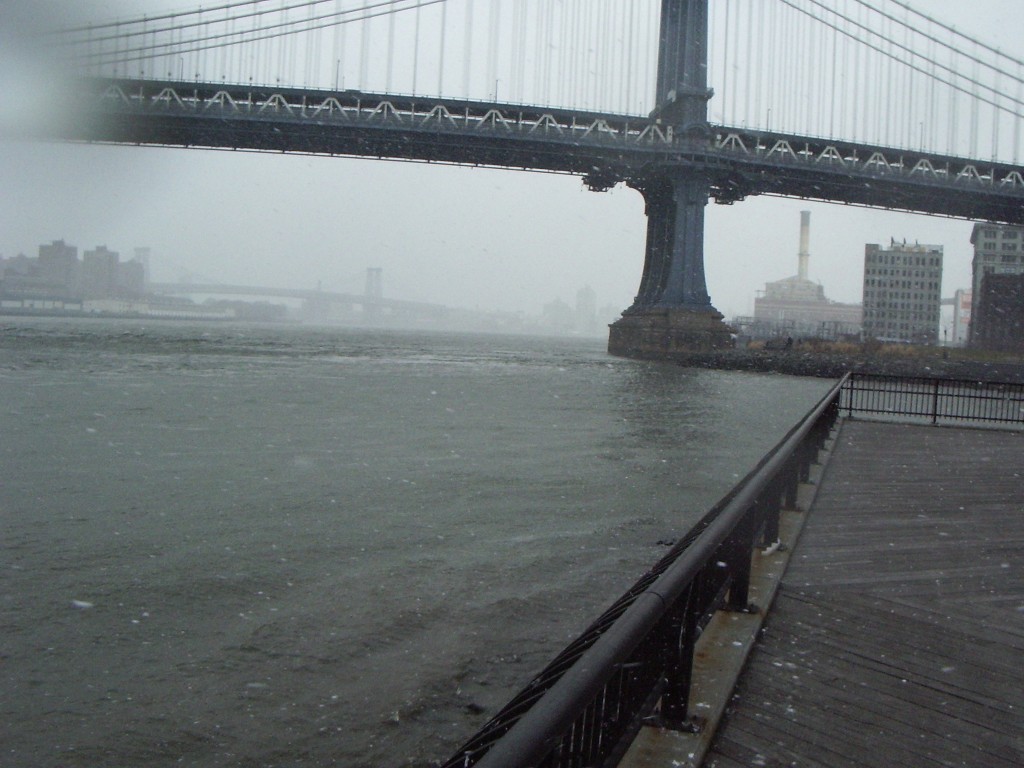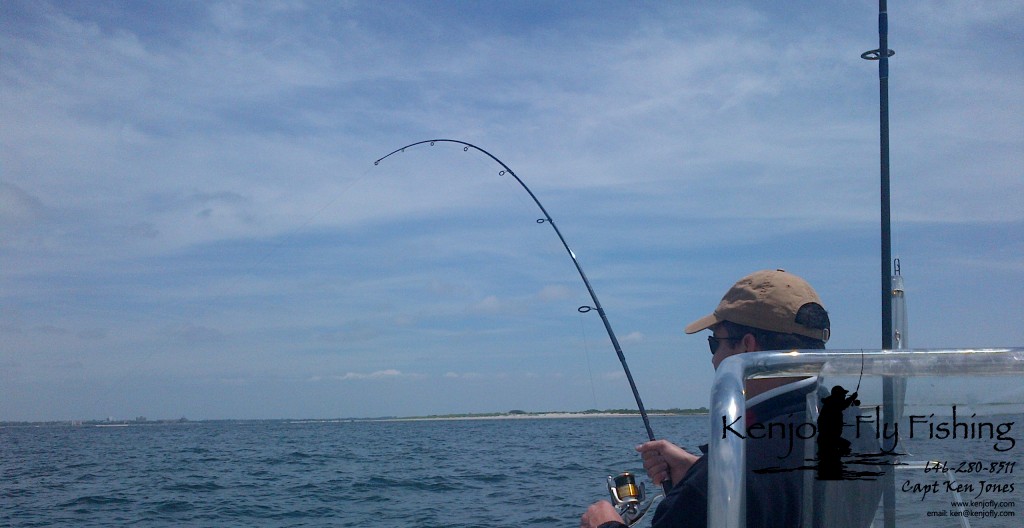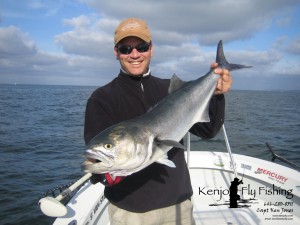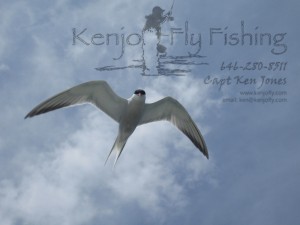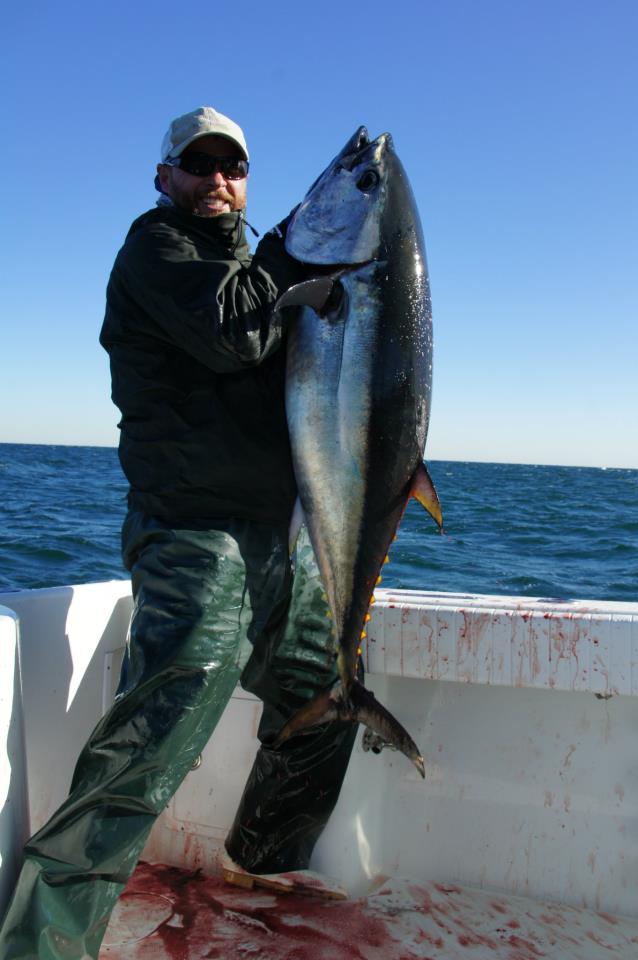BEWARE OF “ECONOMIC SAKE” EXCUSES:
Is this the beginning of the end to all United States Fisheries?
Recent findings locally on our beaches and other news reports have begun to concern me on a local level, a national level, and others raise concern on a global level. While I have always been locally concerned about how its citizens show respect for nature and a few cases have stood out lately and I feel they warrant a little pondering. This shark carcass was found on the Port Aransas Beach on December 31st 2013. It was butchered by someone who should not be allowed to cut fish. I would estimate that they only took about 15% of the edible meat from this majestic animal, and the rest left to rot in plain sight.
If you are able to read to the end of this article, please know that your comments are welcomed because awareness of the effects that our Nation’s Conservation decisions will have on us is important to you and me. I encourage you to read the links provided to further increase your knowledge of these issues.
Several large leading global conservation organizations have approved and are considering allowing some large-scale threats to our natural environment, all for the sake of the economy.
While we all want more money in our pockets, we need to realize that we cannot eat money. It tastes bad, no amount of washing it will make it taste better. If we take every last bit of a natural resource, such as the fish in the seas, the oil in the grounds, the trees from our forests, until it is all gone and do it so quickly that the natural resource cannot replenish itself, everyone will be left holding nothing but cold, hard cash. No amount of spices and seasonings put on it, there is no nutrition in it and it will never sustain us.
There are talks of our leaders not reauthorizing the Magnuson-Stevens Act, reauthorized in 2006, which was established in order to legally protect and rebuild our nations coastal resources. One Angler’s Voyage puts a rational doomsday spin on this potentially deadly blow of a decision, and their new plan would create such giant loopholes that the fisheries could be wiped clean in short order. The Sustainable Fisheries Act was setup and is the strongest document our Great Nation has created to protect these resources. It has also proven to be highly effective, so long as it continues to be reauthorized.
Some say the “Strengthening Fishing Communities and Increasing Flexibility in Fisheries Management Act” will blow it all away, and the wording in this proposed Act is as loose as a goose with no eggs.
Raping the ocean and it’s species which have already been pillaged for the sake of the economy is the worst excuse I have ever heard. Thinking you can burn glass bottles in your beach fire is simply stupid. If you don’t already know, the temps of a fire required to burn glass wouldn’t allow you to stand within 100 feet of it. If you have ever fished the east Atlantic Coast, you know that it has been seined clean already and difficult to find fish outside of a market. Long ago, the Bar Fish, a sea bass of sorts much akin to the striped bass, once grew to 30-40lbs historically. Now, the minimum size limit to keep a bar fish is 14cm. And if you can even catch one, its probably wont be that big. A trophy bar fish by Europe’s current standards rarely breaks the 5-lb mark. Bar fish of this legal kill size don’t even get to spawn once.
Leaders in Australia just used the same excuse (economic survival) to allow the dumping of 106 million cubic feet of dredged sediment on top of the Great Barrier Reef, which is already dying, over an area of 455 acres, which certainly cannot be contained in the designated 455-acre area. Ocean currents will certainly cause the sediment to spread over a much larger area and cause much more harm than intended. The Great Barrier Reef is the worlds largest and supposedly the “most protected” reef and it is shocking that this activity even be proposed, considered and alarmingly, approved! And all the conservation organizations there seem to have swallowed the most sour of all horse pills. That is a lame excuse from the economists and wont survive for long. All so that the coal industry there can continue and expand its operations. Thankfully there are other organizations which are outraged by this decision and many free people which are raising their voices and demand their cries be heard. Certainly there is a better place to dump these dredged materials!!! Additionally, this is an example of how the coal industry can destroy the environment, happening NOW.
This is where our lawmakers and leaders are going wrong, giving us the excuse that its for the “sake of the economy”. This is NOT a reason to take the very last bit of any natural resource. The economy was built around natural resources, and once those are gone, there will be no economy as we know it.
Shame on them for deciding to exercise greed, display publicly a lack of respect for nature, and prove their lack of respect for their peers (you and me).
The biggest problem is that our leaders and decision makers (For The People), may never read this article. Not that they somehow would have an epiphany and change of values.
Since I like a good challenge, and I know our leaders like challenges too…
I challenge each of them here and now… To hire a nature guide of their choice. Go out into the back country with them without luxuries, and spend a week sleeping on the ground under the stars listening to the sounds of nature and forage for their food. And each night, sit by a fire, gazing into it, and contemplate how we all came to be here, in this place, in this way, and as successful as we are.
Go back to your roots, and find the respect needed to appreciate good dirt, bugs, green grass, tall trees which give us shade, and drink fresh water from the stream, not from a bottle. In these things, One can find a lifetime of Peace and Prosperity.
Pondering the paths we make,Capt Kenjo
